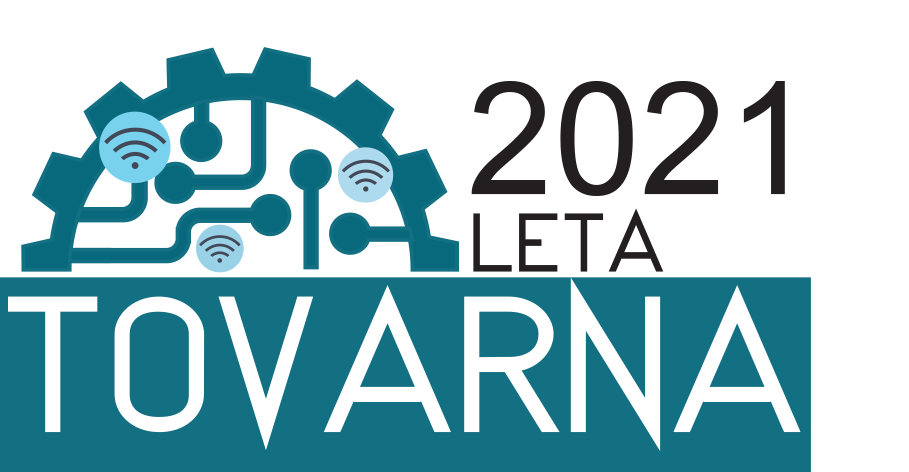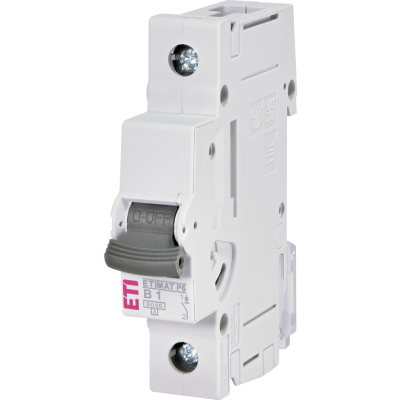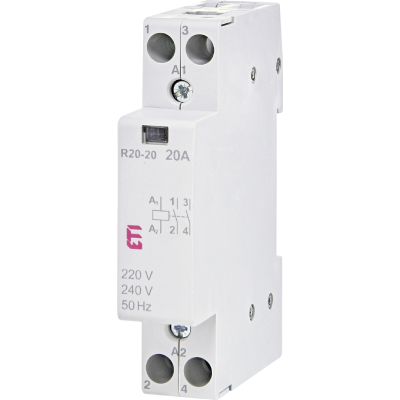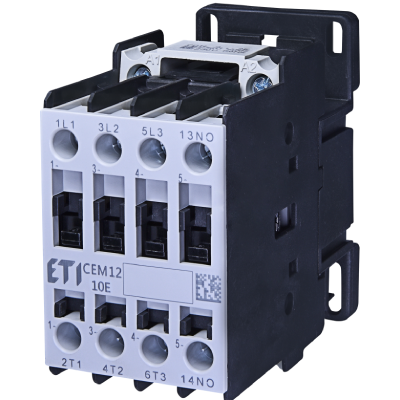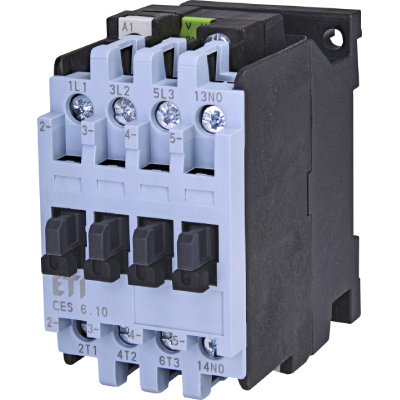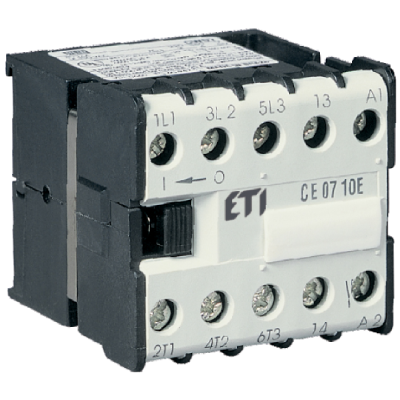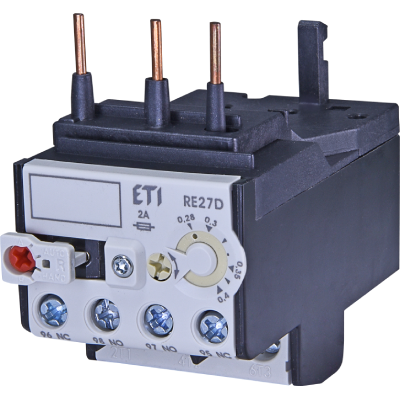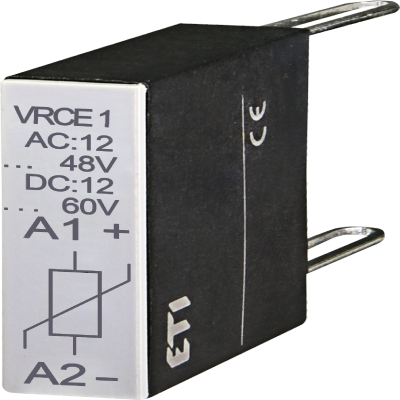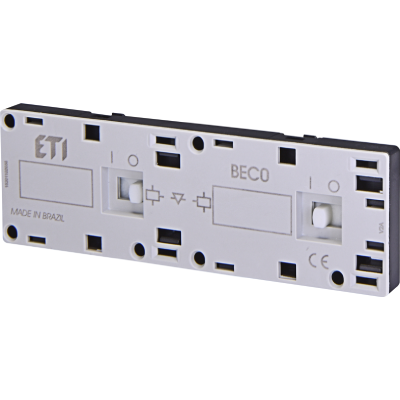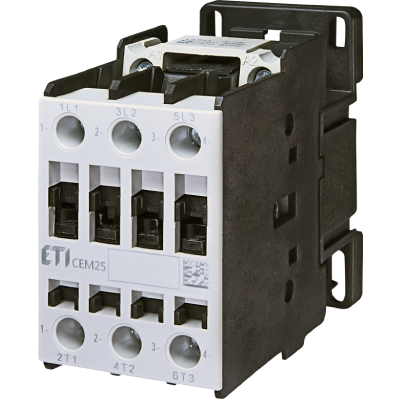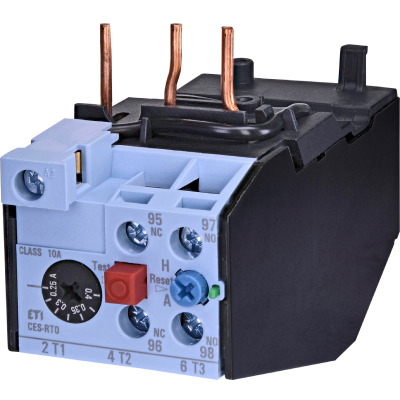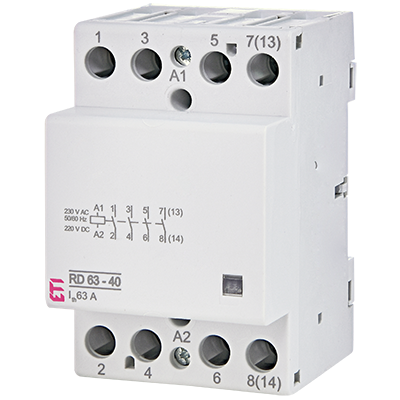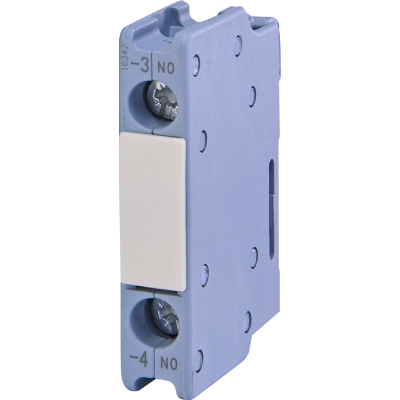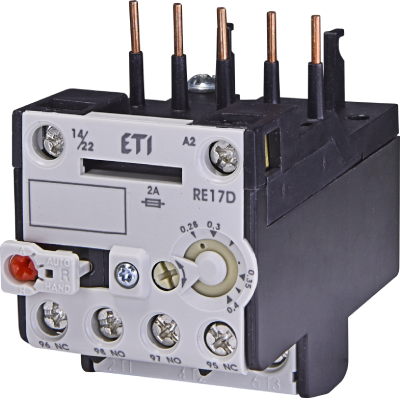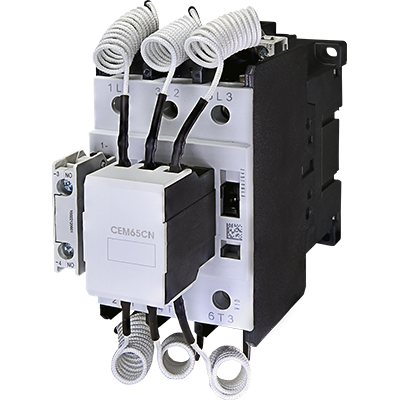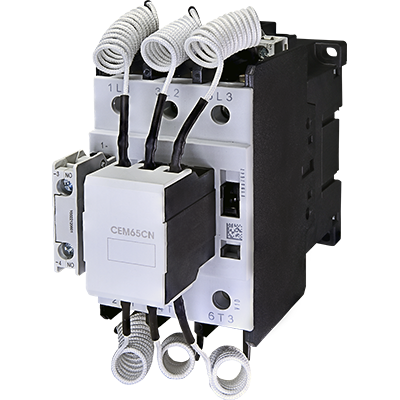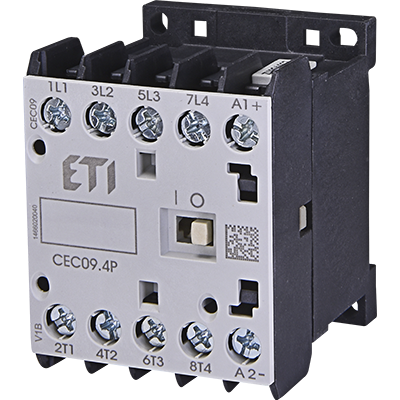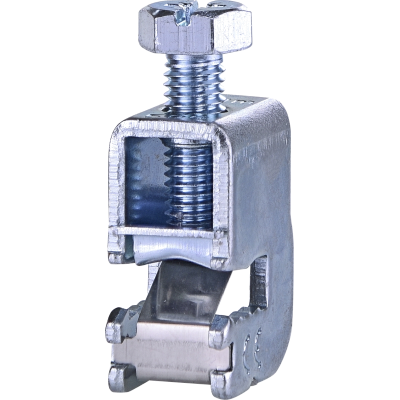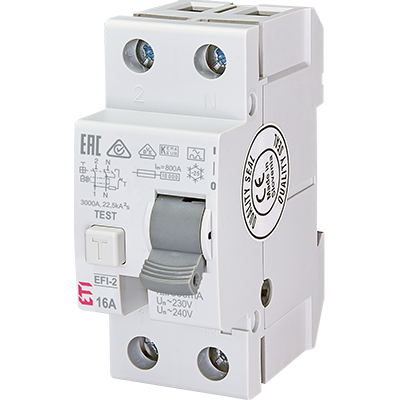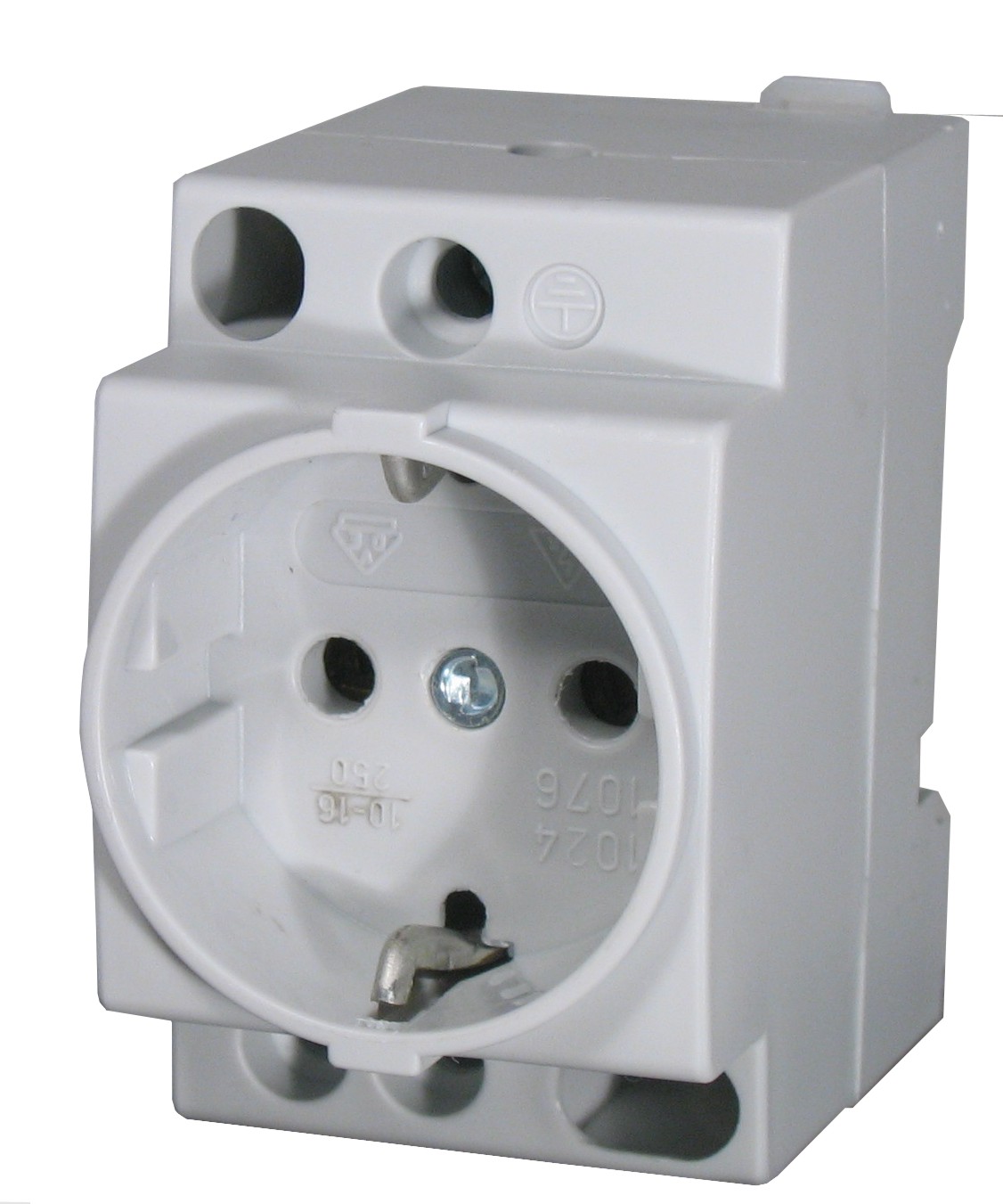NEW SERIES OF ETIBREAK EB2 IN VIEW OF SELECTIVITY
Author: Peter Klenovšek
WHAT IS SELECTIVITY?
Selectivity in mean of protective devices is also called by other terms as discrimination or coordination of protective devices. To put it simply, coordination means that downstream devices (breakers/fuses) should activate before upstream devices. This minimizes the portion of the system affected by a fault or other disturbance. At the substation level, feeder breakers should trip before the main. Likewise, downstream panel breakers should trip before the substation feeder supplying the panel.
There exist two levels of selectivity:
- Total selectivity
- Partial selectivity
TOTAL SELECTIVITY
Selectivity is said to be total if the downstream circuit breaker or fuse opens and upstream circuit breaker remains closed. Such protection ensures maximum availability of the system. The total selectivity is achieved if selectivity is secured for operating time range t≥0,1s (time-current characteristics) and also for operating time range t< 0,1s (Joule integral). When high prospective short-circuit currents are expected the expected operating time will be less than 0,1s. There is not possible to verify I-t diagrams and I2t values (I2t –Ipsc) diagrams shall be considered.
Selectivity is achieved if maximum operating values I2t of upstream protective device is higher than value I2t of downstream protective device.
First case of total selectivity: protection devices are fuses
 |
|
Second case of total selectivity: protection devices are MCCBs
 |  |
PARTIAL SELECTIVITY
Selectivity is partial if the above condition is not fulfilled up to the prospective short-circuit current, but to a lesser value, termed the selectivity limit current (Is). Above this value both protective devices could open, resulting in loss of selectivity. In most cases is selectivity questionable in operating times t< 0,1s what is usually when protective devices don’t have time delayed operation on
magnetic trip units.
First case of partial selectivity: protection devices are MCCBs and fuses
 |  |
HOW TO ACHIEVE SELECTIVITY at MCCBs
There are generally three methods used:
- Selectivity based on current levels
This method is realized by setting successive relay tripping thresholds at stepped levels, from downstream devices (lower settings) towards the source (higher settings). - Selectivity based on stepped time delays
This method is implemented by adjusting the time-delayed tripping units, such that downstream relays have the shortest operating times, with progressively longer delays towards the source. - Selectivity based on a combination of methods 1 and 2
A mechanical time-delay added to a current-level scheme can improve the overall selectivity performance. With this method is possible to achieve total selectivity.
SELECTIVITY IN PRACTICE
In systems where selectivity criteria are not considered will happen unnecessary power losses on parts of circuits where protection should not disconnect. On previous case (sample) can during short-circuit fault on busbar below protective device FA2 (1) disconnect fuse FU1 (3) and all loads supplied from TRF1 will be without power supply. Such cases are not desirous to happen in
industry and specially are problematic in systems where availability of power supply is needed (as hospitals).
One more explanation of selectivity:

METHODS OF PERFORMING A SELECTIVITY STUDY
Usual method to perform a coordination study used by designer is comparison of time-current curves by computer programs that allow the designer to select curves from manufacturer data libraries for protective devices.
ETI offers program ETIFUSE. This software calculates the operating times, cut-off currents and Joule integrals for ETI fuse links as well. Programs enable to users to easily verfy selectivity for ETI protective devices.
Program can be loaded and install from next internet address:
www.eti.si/en/support

SELECTIVITY TABLE FOR ETI PROTECTIVE DEVICES ETIBREAK AND ETIMAT
Boxes containing the letter "T" (Table 1) indicate total selectivity between the relevant upstream and downstream circuit-breakers or other protective devices. Total selectivity applies for all fault levels up to the breaking capacity of the upstream or downstream circuit breaker, whichever is lesser.
For all other boxes, selectivity is either partial or there is no selectivity. If selectivity is partial then the value of the selectivity limit current, Is is shown in the box.

Notes:
- T = total selectivity
- Evaluated MCCBs are thermal-magnetic type – ETIBREAK series EB2
- The table is based on B characteristic of ETIMAT MCBs 6kA and 10kA (ETIMAT6 and ETIMAT10)
- The above table is in accordance with IEC 60947-2, Annex A.
- All values shown at 400V AC
- Is is expressed in A
ETI has renewed program of MCCBs recently and also offer wide range of microprocessor based electronic MCCBs. These MCCBs enable to provide to customer in view of selectivity very flexible solution.

References:
- CEI IEC TR 61818 Technical Report, Application Guide for low-voltage fuses, 2003-05

